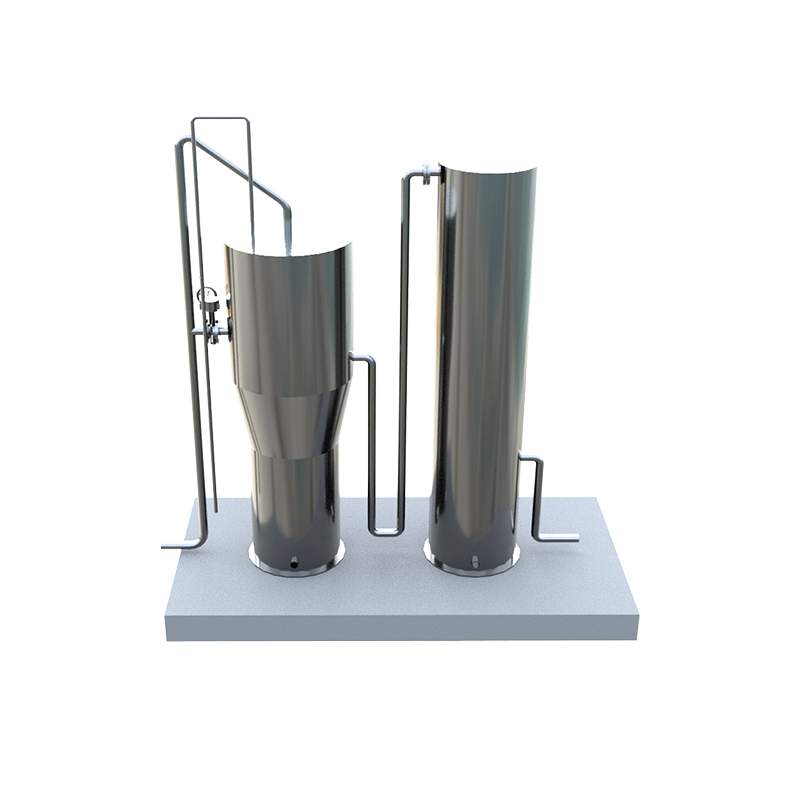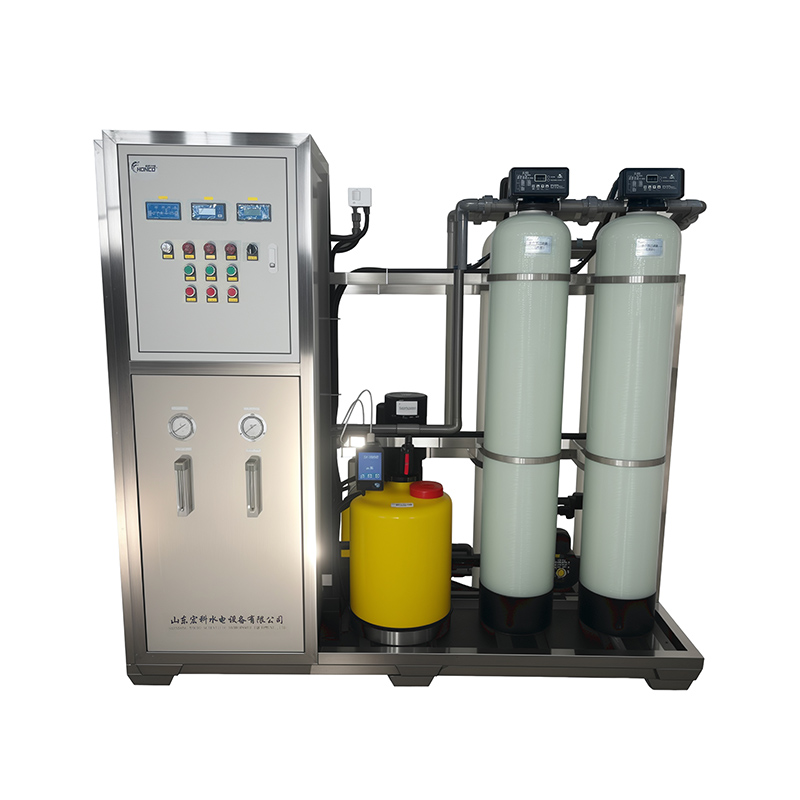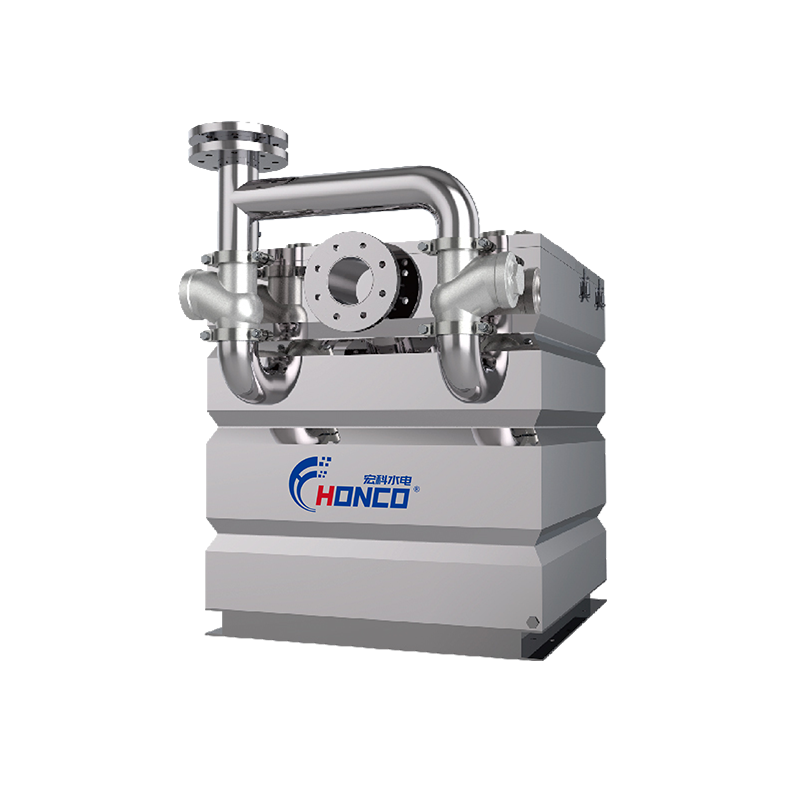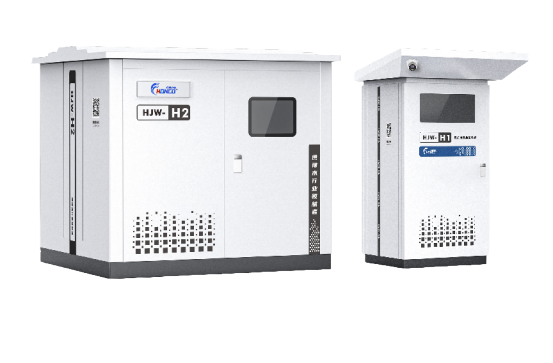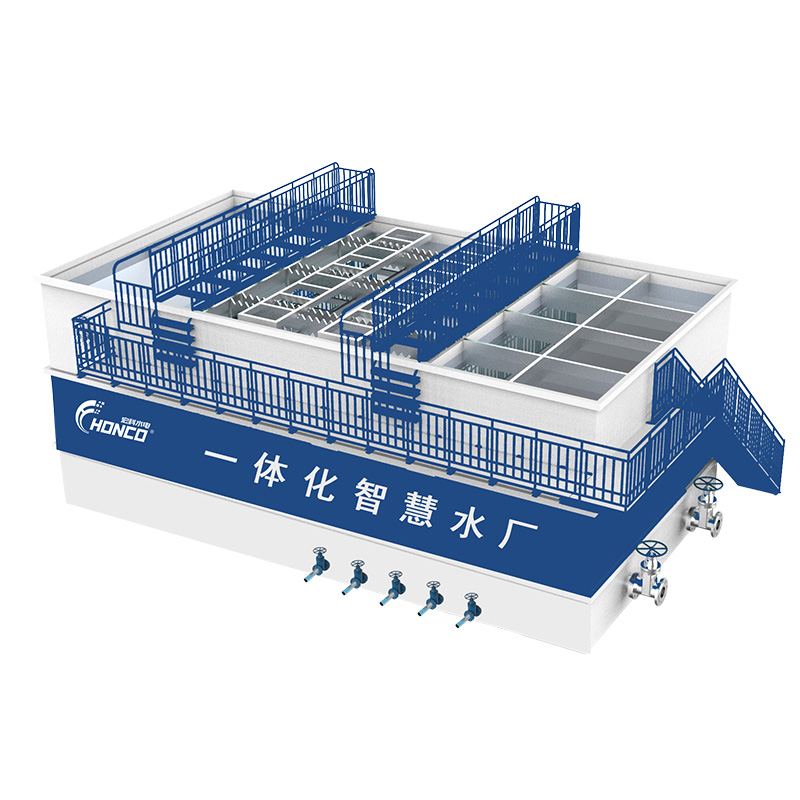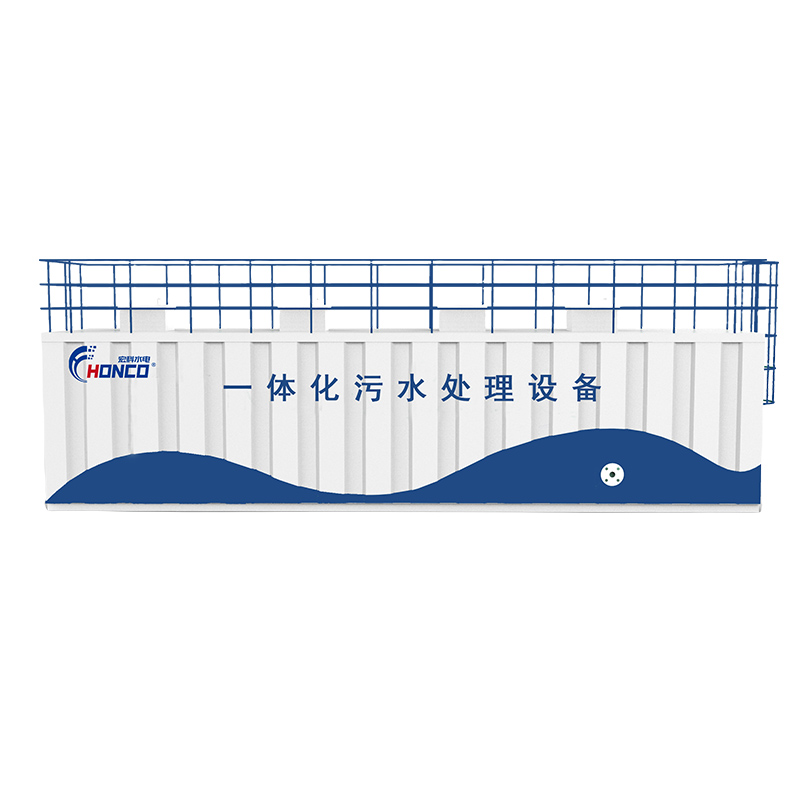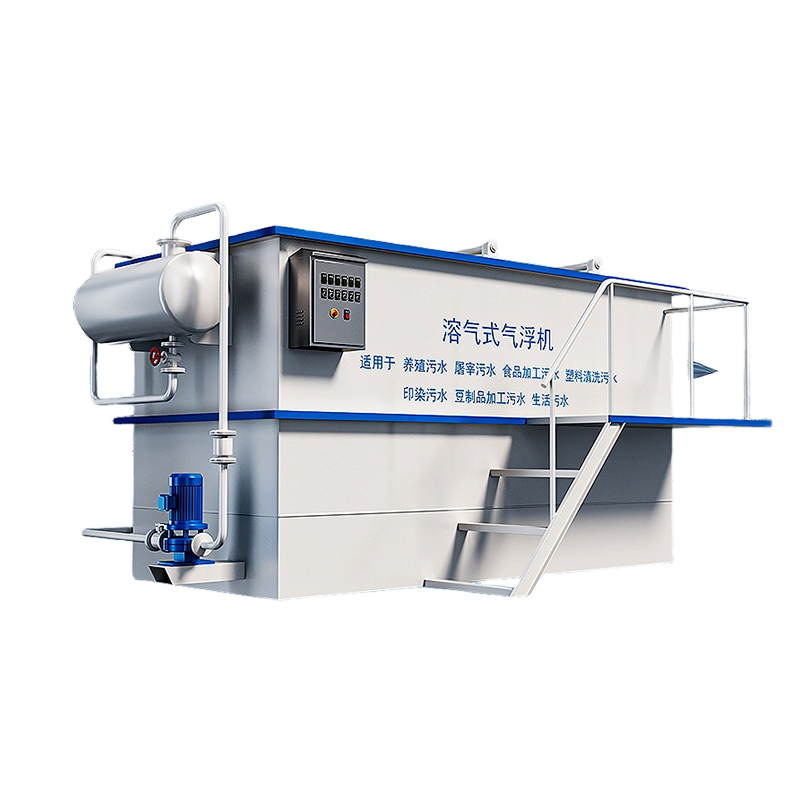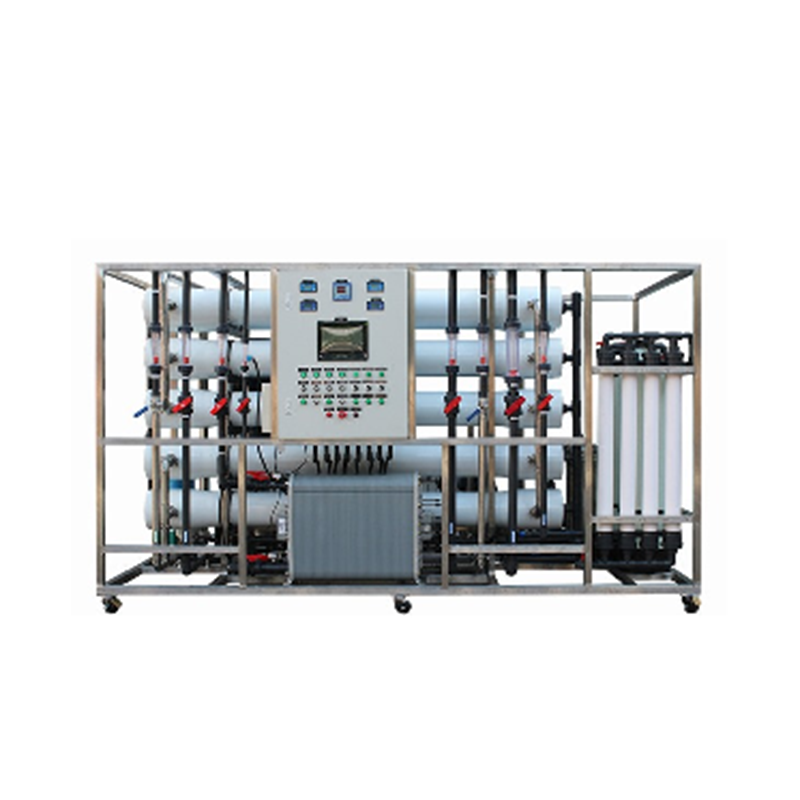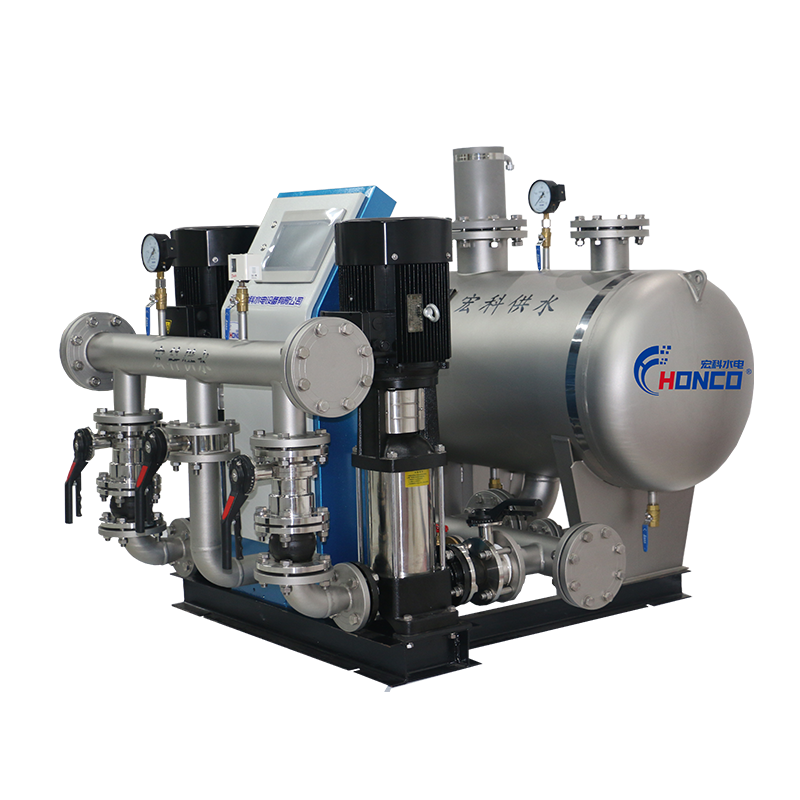The reporter learned from the Ministry of Ecology and Environment that the on-site inspection work of the 2018 special action for the remediation of black and odorous water bodies has been completed. The Ministry of Ecology and Environment will issue a notification letter, hand over the list of problems to local governments, and require rectification within a specified period of time and make it public to the society.
In April 2015, the State Council issued the "Ten Measures for Water", requiring that the built-up areas of municipalities directly under the central government, provincial capitals, and planned cities should basically eliminate black and odorous water bodies by the end of 2017, and the average proportion of black and odorous water bodies eliminated in built-up areas of prefecture level and above cities should reach over 60%. Since early May this year, the Ministry of Ecology and Environment, together with the Ministry of Housing and Urban Rural Development, has formed an inspection team to conduct on-site inspections of 70 cities in 30 provinces (autonomous regions and municipalities) across the country, checking whether they meet the requirements for rectification. The Yangtze River Economic Belt is a key inspection focus, with two prefecture level cities sampled in each province except for the provincial capital city, and one prefecture level city sampled in other provinces.
Throuh this on-site inspection, it was found that some cities have newly discovered black and odorous water bodies that have not been reported to the state, and some water bodies have not actually achieved the governance goals. Previously, a total of 1127 black and odorous water bodies were reported for inclusion in the national list by 70 cities. The inspection team conducted verification on 993 black and odorous water bodies that have been reported for remediation, and it was determined that the remediation completion rate was 92.5%. But the inspection also found 274 new black and odorous water bodies, which means.


